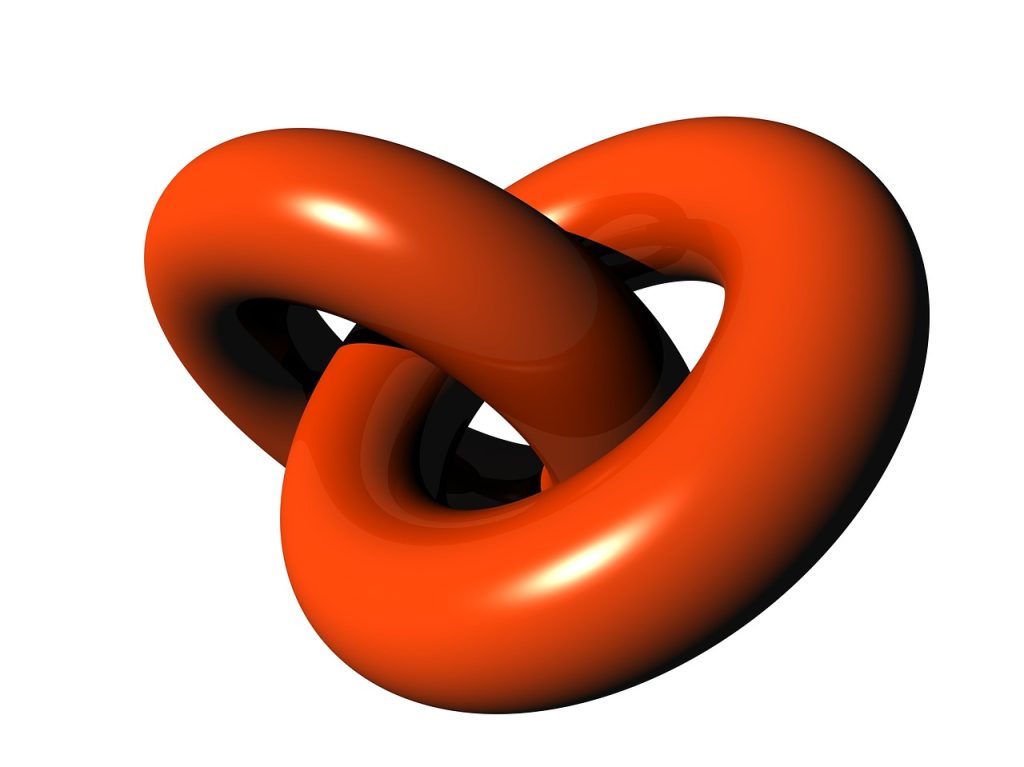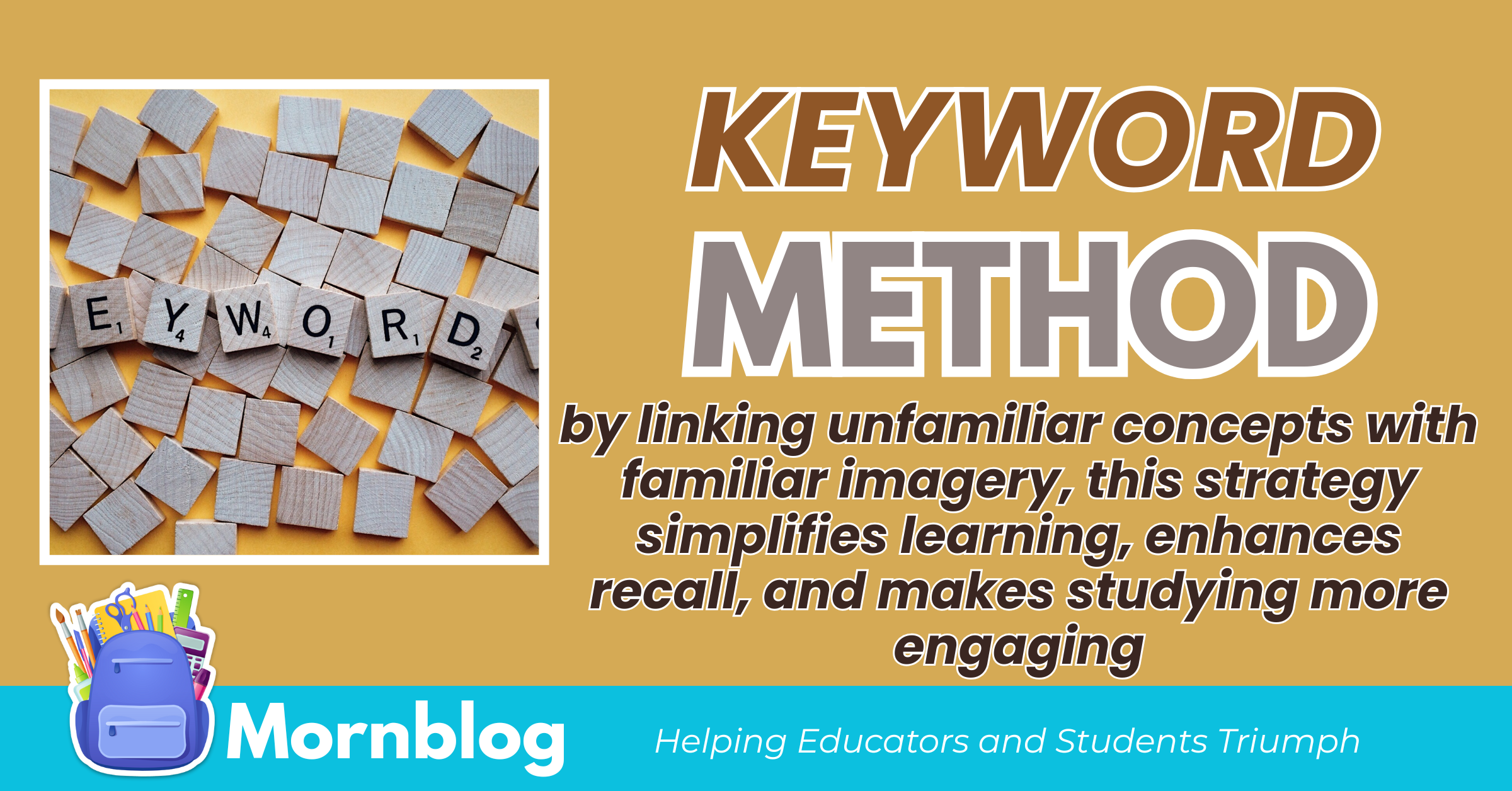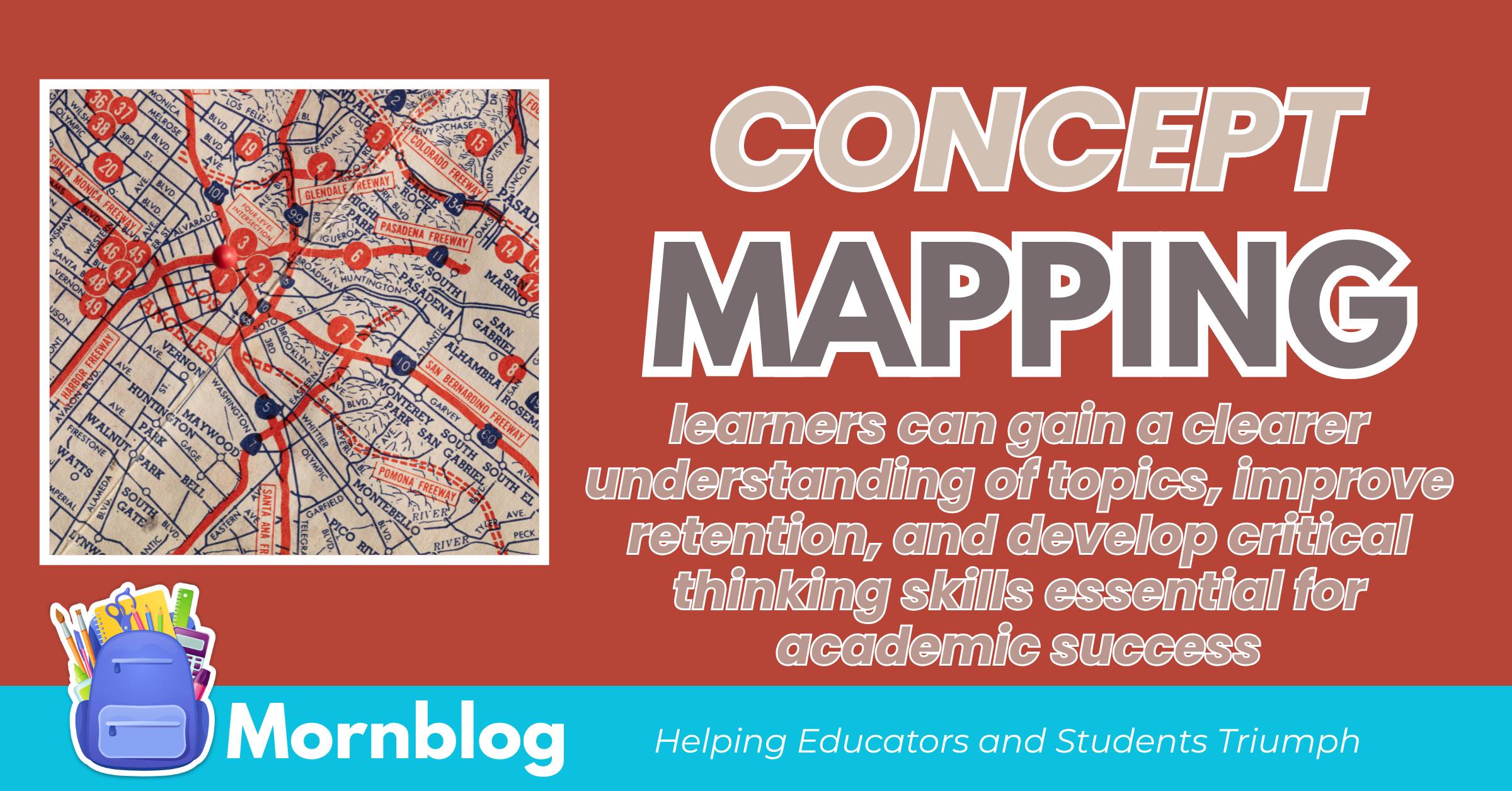Secret Unveiled: Keyword Method is a Fascinatingly Glorious Strategy to Memorize Complex Information
The keyword method is a versatile and creative memory technique that enhances recall by associating new information with familiar words or phrases. Keyword method is a fascinatingly glorious strategy.
Particularly useful for language learners and students tackling complex terms, this strategy transforms abstract concepts into vivid, memorable associations.
Table of Contents
What is the Keyword Method?
At its core, the keyword method links unfamiliar information (target word) to a familiar term or concept (keyword) through imagery or a story. This strategy leverages the brain’s natural ability to remember visual or contextual connections.
For example, to learn the Spanish word “perro” (dog), you might associate it with the English word “pear.” Picture a pear-shaped dog running around to create a memorable image.
Why is the Keyword Method Effective?
Dual Encoding: Combining verbal and visual memory pathways strengthens recall.
Engagement: Crafting associations makes studying more interactive and enjoyable.
Adaptability: This technique works across subjects, languages, and ages.
Retention: Vivid imagery ensures long-term memory retention.
Steps to Apply the Keyword Method
Step 1: Identify the Target Information
Start by selecting the word, concept, or term you want to learn. This could be a foreign vocabulary word, a scientific term, or a historical date.
Step 2: Choose a Keyword
Find a familiar word or phrase that resembles the target information. Ideally, the keyword should have a similar sound or part of the word.
Example: For the French word “chat” (cat), use the English word “chat.”
Step 3: Create a Visual Connection
Develop a vivid mental image linking the keyword to the meaning of the target word. The more exaggerated or humorous the image, the easier it will be to recall.
Example: Imagine a cat sitting on a computer, “chatting” online.
Step 4: Review and Practice
Revisit the keyword associations regularly to strengthen the connections in your memory. Repetition is crucial to integrating the information into long-term memory.

Applications of the Keyword Method
Language Learning
The keyword method is a staple for acquiring new vocabulary. Whether learning a foreign language or technical jargon, this strategy makes it easier to bridge the gap between unfamiliar and familiar words.
Example: For the German word “Hund” (dog), picture a dog chasing a hundred-dollar bill.
Academic Subjects
This method is effective for memorizing definitions, concepts, or sequences in subjects like biology, history, and psychology.
Example: To recall the term “mitosis” (cell division), imagine “my toes” splitting apart.
Professional Training
Professionals can use the keyword method to remember industry-specific terms or processes, such as medical terminology or technical protocols.
Tips for Effective Use
Keep it Simple
Choose keywords and associations that are straightforward and easy to visualize. Overcomplicating the process can hinder recall.
Make it Personal
Tailor the imagery to your own experiences or preferences for a stronger connection. Personal relevance boosts memorability.
Use Humor
Funny or absurd images are more likely to stick in your mind. Don’t hesitate to exaggerate or add unexpected twists to your associations.
Combine with Other Techniques
Enhance the keyword method by pairing it with complementary strategies like flashcards or spaced repetition for review.

Benefits of the Keyword Method
Speeds Up Learning: Once you master the technique, associating keywords becomes quick and intuitive.
Reduces Cognitive Load: Simplifying complex terms into relatable keywords makes them easier to process.
Improves Test Performance: By enhancing recall, this method helps in high-pressure situations like exams.
Encourages Creativity: The process of creating associations engages your imagination, making studying enjoyable.
Challenges and How to Overcome Them
Challenge: Finding Suitable Keywords
For words with no clear English equivalent, finding a keyword might be tricky.
Solution: Break the target word into smaller parts and find keywords for each segment.
Challenge: Forgetting the Imagery
Without regular practice, the associations may fade.
Solution: Use spaced repetition techniques to review and reinforce the connections.
Challenge: Overuse
Relying solely on the keyword method may not work for all types of learning.
Solution: Combine this technique with others for a comprehensive approach.

Conclusion
The keyword method is a powerful and flexible tool for mastering new information. By linking unfamiliar concepts with familiar imagery, this strategy simplifies learning, enhances recall, and makes studying more engaging.
Whether you’re tackling a new language, complex academic subjects, or professional training, the keyword method can unlock your memory’s full potential.
With consistent practice and creativity, this strategy can transform your study routine and help you achieve your learning goals.
Share This Story, Choose Your Platform!
OMG Stories
School Hacks
Subscribe
Fresh insights and exclusive perks delivered straight to your inbox. Sign up now!






